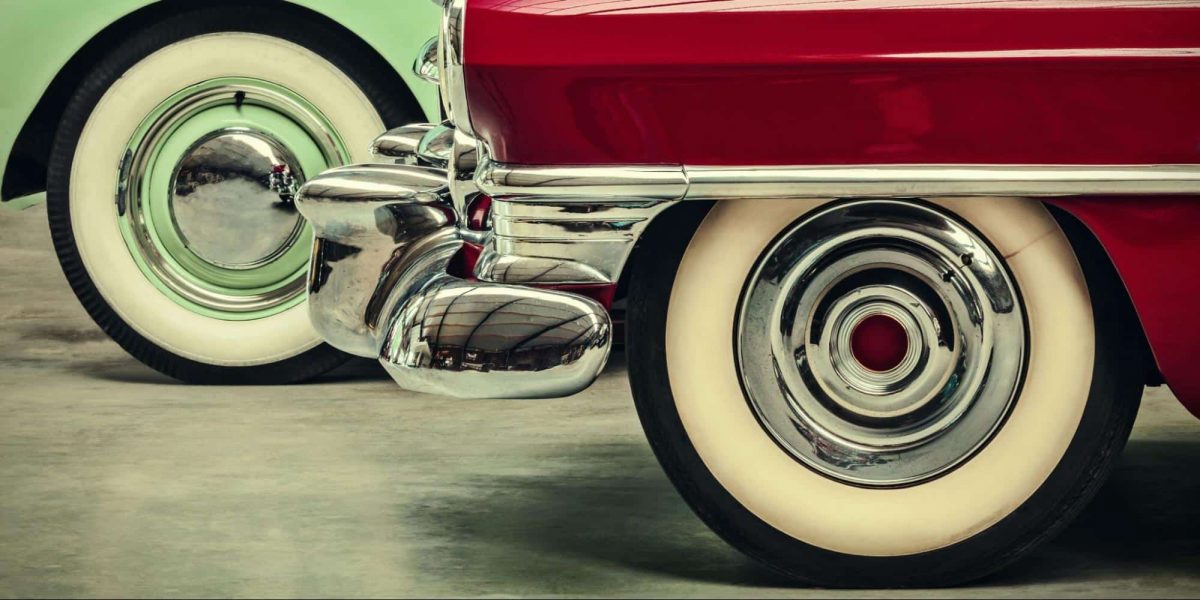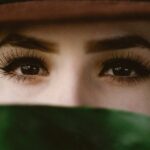In the annals of automotive history, few names resonate with the same nostalgic reverence as Hudson Motorcars. A leader in the American automobile industry, Hudson left an indelible mark with its innovative designs, cutting-edge technologies, and an unwavering commitment to quality. From its humble beginnings in the early 20th century to its eventual integration into the fabric of automotive lore, the story of Hudson is one of ingenuity, perseverance, and the pursuit of excellence. Click here to learn more.
Origins and Early Growth
Founded in 1909 by Joseph L. Hudson and seven other Detroit businessmen, Hudson Motor Car Company emerged during a period of rapid industrialization and technological advancement. Initially producing upscale vehicles under the guidance of experienced automotive engineer Roy D. Chapin, Hudson quickly gained a reputation for craftsmanship and reliability.
In 1916, Hudson introduced the “Super Six” engine, a powerful and efficient power plant that propelled the company to prominence. This innovation, coupled with a commitment to affordability, catapulted Hudson into the upper echelons of the automotive industry.
The Iconic Terraplane
Hudson reached the zenith of its success in the 1930s with the introduction of the iconic Terraplane. Named after the fast-moving terraplane, a bird that inspired speed and agility, the Terraplane line of automobiles captivated the American public with its sleek design and superior performance.
Renowned for its advanced engineering and aerodynamic styling, the Terraplane became synonymous with speed and reliability, dominating racetracks and capturing the imagination of drivers across the country. With models like the Terraplane Eight, Hudson solidified its reputation as a manufacturer of high-performance, luxury vehicles. https://www.hudsonmotorcar.org/post-war-models-hudson-jet.
Innovations and Contributions
Throughout its storied history, Hudson Motorcars continually pushed the boundaries of automotive design and engineering. The company was among the first to adopt unitized construction techniques, which provided greater structural integrity and enhanced safety for drivers and passengers alike.
In addition to its advancements in manufacturing, Hudson was a leader in automotive marketing and branding. The company’s innovative advertising campaigns, including the famous “Fabulous Hudson Hornet,” helped to establish Hudson as a symbol of quality and prestige in the minds of consumers.
Enduring Legacy
Despite facing challenges in the post-war era, including increased competition from larger automakers and changing consumer preferences, Hudson remained committed to its core principles of innovation and excellence. In 1954, Hudson merged with Nash-Kelvinator Corporation to form American Motors Corporation (AMC), marking the end of an era for the iconic automaker.
While the Hudson brand may no longer adorn the hoods of new vehicles, its legacy lives on in the hearts and minds of automotive enthusiasts around the world. From its exceptional innovations to its enduring influence on the industry, Hudson Motorcars remains a cherished chapter in the rich tapestry of American automotive history.
Hudson’s Influence Today
Although Hudson Motorcars ceased production decades ago, its impact on the automotive landscape endures. Many of the engineering principles and design innovations by Hudson continue to shape the way cars are built and driven today.
Moreover, the spirit of innovation and entrepreneurship that defined Hudson’s early years continues to inspire a new generation of automotive enthusiasts and entrepreneurs. From electric vehicles to autonomous driving technologies, the legacy of Hudson Motorcars serves as a reminder of the power of ingenuity and the enduring appeal of the open road.
Hudson’s Enduring Impact on Automotive Culture
Beyond its technical achievements and commercial success, Hudson Motorcars left an indelible mark on American automotive culture. The brand’s iconic designs and pioneering spirit continue to resonate with collectors, enthusiasts, and historians alike.
Collectors’ Passion: For many automotive enthusiasts, owning a piece of Hudson history is more than just acquiring a classic car—it’s a connection to a bygone era of innovation and craftsmanship. Restored Hudson vehicles command attention at car shows and auctions, with collectors eagerly seeking out models like the Hudson Hornet or the Terraplane for their unique styling and historical significance.
Preservation Efforts: Preserving the legacy of Hudson Motorcars is a labor of love for dedicated enthusiasts and historians. Organizations like the Hudson-Essex-Terraplane Club work tirelessly to document the history of the brand, celebrate its achievements, and ensure that future generations can appreciate the contributions of Hudson to the automotive world.
Cultural References: Hudson’s influence extends beyond the realm of automobiles, permeating popular culture in various forms. References to Hudson vehicles can be found in literature, film, and music, serving as symbols of American ingenuity and the allure of the open road. From classic films like “Cars” to vintage advertisements featuring the Fabulous Hudson Hornet, the legacy of Hudson Motorcars continues to captivate audiences of all ages.
Conclusion
In the pantheon of automotive legends, few names evoke the same sense of nostalgia and admiration as Hudson Motorcars. From its humble beginnings in the early 20th century to its status as an icon of American automotive ingenuity, Hudson’s legacy endures as a testament to the power of innovation, perseverance, and the pursuit of excellence.
Though the last Hudson rolled off the assembly line decades ago, its influence continues to be felt in the cars we drive, the roads we travel, and the memories we cherish. As the rich history of Hudson Motorcars is celebrated, the world also looks to the future with anticipation, knowing that the spirit of innovation that defined this iconic brand will continue to drive people forward on the open road of possibility.
Published by: Martin De Juan

















